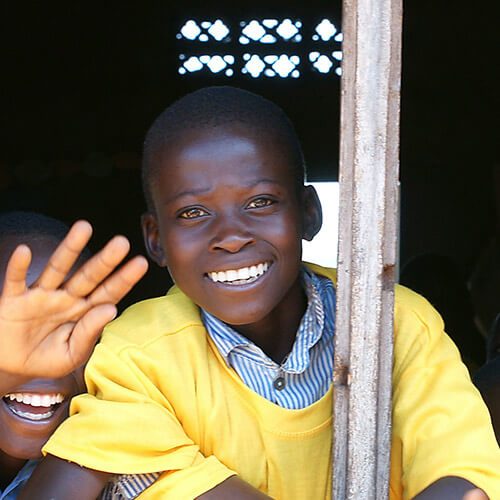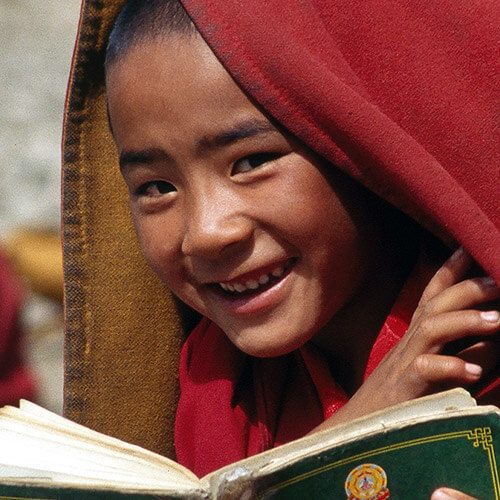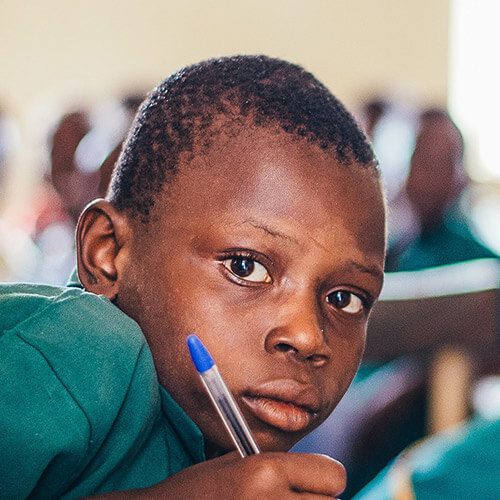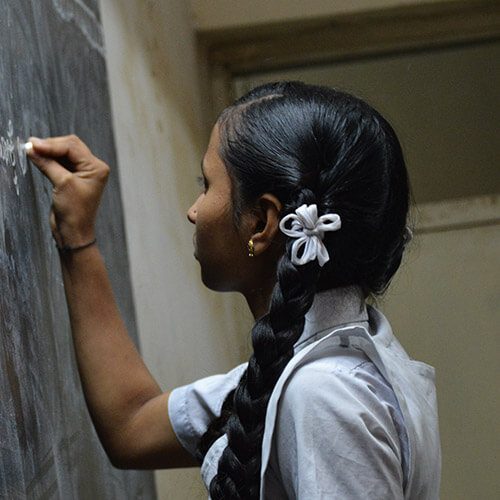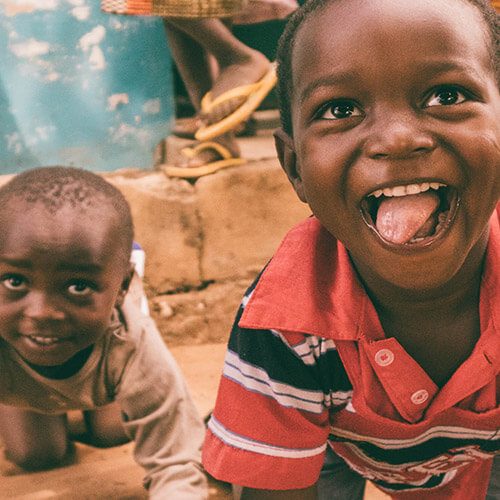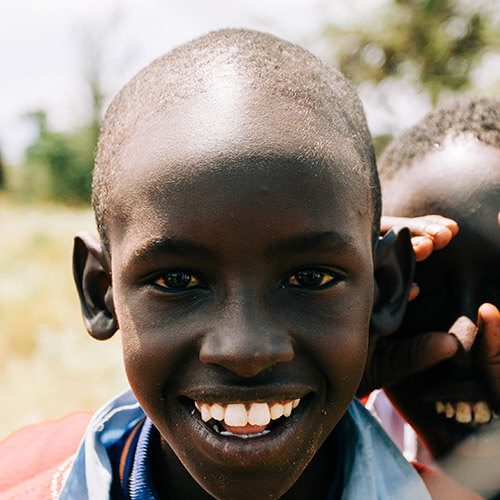OUR PROGRAMS
Sister city relationships offer the flexibility to form connections between communities that are mutually beneficial and which address issues that are most relevant for partners. Sister city relationships offer endless possibilities for communities to conduct a wide variety of programs and activities. Programs vary greatly from basic cultural exchange programs to shared research and development projects. Programming can typically be classified in four main areas:
Our Mission
Philosophy
Our Story
Our Story
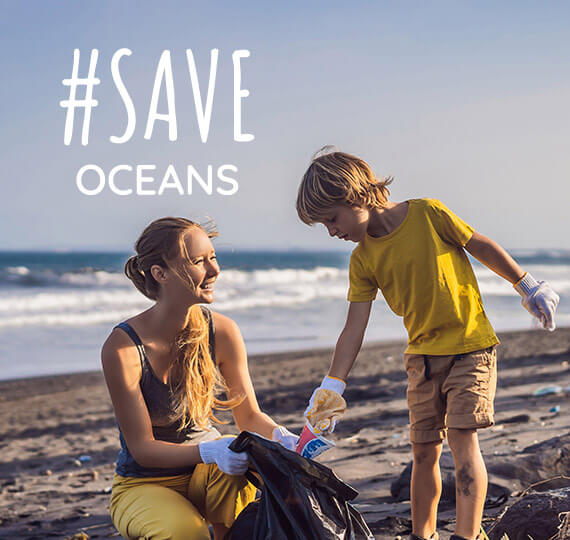
Discover How Your Unique Superpower Can Help
Neque aliquam vestibulum morbi blandit cursus risus. Tempor commo ullamcorper a lacus vestibulum sed arcu. Posuere lorem ipsum dolorsit amet consectetur adipiscing. Sollicitudin tempor id eu nisl nunc mi ipsum. Ac odio tempor orci dapibus ultrices.
We will help you with the choice of fund
Donor satisfaction is guaranteed
We help companies give well
Youth and Education
Providing experience in international affairs and citizen diplomacy to youth is a critical part of any sister city program. Sister city exchanges are often the first opportunity that youth have to travel abroad, and the experience of being a guest rather than a tourist is a unique opportunity that helps them develop cross-cultural competence and maturity. Activities often include short- and long-term student exchanges, virtual exchanges, and sports tournaments. Educational exchanges, whether at the high school or college level, provide young people with the opportunity to develop professional skills under the umbrella of citizen diplomacy. These exchanges are often described by participants as “a life-changing experience,” and many current leaders in international affairs or diplomacy can trace their interest to their first sister city exchange
Arts and Culture
Arts and cultural programs are some of the oldest and most robust in the sister cities network and continue to connect people from different backgrounds on a fundamental level. By experiencing and exploring the culture of an international community, citizens may gain insight into the history, values, and aesthetic sensibilities of their partners.
Today, cultural exchange provides the foundation for many sister city relationships. These exchanges take many different forms, with musical performances, art exhibits, peace parks and gardens, and international cultural festivals proving popular throughout the sister city network.
Business and Trade
In addition to trade delegations and tourism dollars, sister city programs create connections with international municipal officials, institutions, and businesses. These connections build trust, access, and expertise that help local businesses find new opportunities. Whether it is access to new markets, assistance navigating import and export regulations, or introductions to new partners, sister city programs expand the resources available to local businesses. Investing in sister cities means investing in the future of a community.
Municipal Exchange and Community Development
Peer-learning between municipal employees and elected officials through sister city activities has helped cities implement innovative policies and management techniques in sanitation, water, health, transportation, tourism, economic development, and education. Sister city programs ALSO often raise funds or collect supplies for natural disasters or other emergencies in their sister cities. Other humanitarian and community development projects include renovation of clinics, creation of wells, and trainings for medical personnel. Numerous programs also support schools abroad through donation of materials, construction, and partnerships with U.S. schools
Introduced Our Campaigns
Our Campaigning for a New Ocean Recovery Strategy
Faucibus scelerisque eleifend donec pretium vulputate sapien nec. Massa tempor feugiat pretium fusce. Turpis massa elementum tempus sed.




